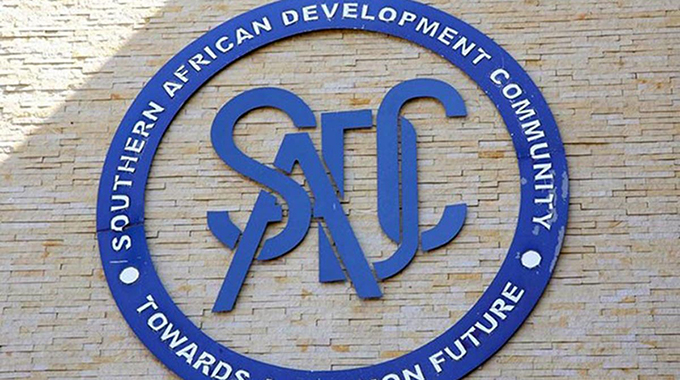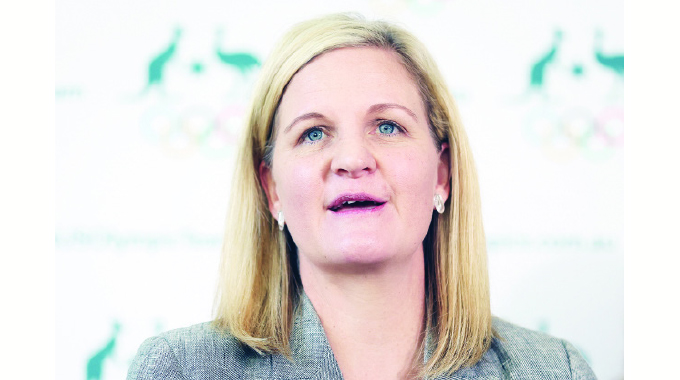SADC RTGS: 10 years of facilitating regional trade

Clarkson Mambo
Southern Africa is this year celebrating 10 years since a cross-border financial payments system was set up, a move that has facilitated trade in the region.
In the decade that it has been operational, the system now known as the SADC Real Time Gross Settlement System (SADC RTGS), has processed over three million transactions, with a value of over 12 trillion South African Rand (about US$651 billion).
Before its establishment, all banking transactions between SADC member states were treated as international transactions and were processed through foreign banks outside the region, which was costly and time-consuming.
This was soon to be a thing of the past with the birth of what was then known as the SADC Integrated Regional Electronic Settlement System (SIRESS) in July 2013.
The SIRESS was a regional electronic payment system developed by member states to settle cross-border transactions.
The new system enabled safe, efficient and less expensive cross-border payments within the region.
Initially piloted in four countries — Eswatini, Lesotho, Namibia and South Africa — the system was soon to be extended to an additional six member states by the end of 2016, reaching a peak of 27 000 transactions by March 2017.
After five years of operation, SIRESS was renamed SADC RTGS, and has seen its membership grow to 15 SADC member states except Comoros, and up to 89 participating banks.
The system is operated by the South African Reserve Bank (SARB), which was appointed to do so by participating SADC central banks.
“The SADC-RTGS settles on a prefunded basis. It has been enhanced to be a multiple-currency settlement system, but currently still settles in South African Rand only,” said the SARB.
Hailed as one of the success stories in the area of finance and investment in the region, the SADC RTGS has not only facilitated faster, but more effective cross-border payments and as a result enhanced regional trade as envisaged under Pillar I of the Regional Indicative Strategic Development Plan (RISDP) 2020-2030 on Industrial Development and Market Integration.
Previously, it took two to three days for transactions to be cleared, and now this is happening within the same day, while clearance fees stay in the region unlike in the past when they were paid to western banks.
The need to include other currencies, other than the South African Rand, as part of the settlement system followed the realisation that there was greater use of especially the United States dollar among SADC member states when trading.
At peak, it was estimated that 60 percent of cross border transactions were denominated in US dollars, cementing calls by some sectors for introduction of a regional currency.
The development of the SADC RTGS is in line with the SADC Protocol on Finance and Investment which aims to improve the regional investment climate through enhanced co-operation among member states on payment, clearing and settlement systems to facilitate trade integration.
Implementation of the SADC Protocol on Finance and Investment is facilitated by the Committee of Central Bank Governors in SADC (CCBG) which was established in 1995 and the SADC Banking Association, which was set up in 1998.
The CCBG is made up of all central bank governors in the region, and is responsible for promoting the development of financial institutions and markets through co-operation and consensus on financial, investment, and foreign exchange policies, while the SADC Banking Association co-ordinates the cross-border banking activities of its members.
The CCBG reports to the SADC Committee of Ministers for Finance and Investment, which in turn reports to the SADC Council of Ministers.
The Council of Ministers reports to the SADC Heads of State and Government.
In celebration of the 10-year milestone of the SADC RTGS, the SADC Secretariat said the CCBG will host member states in Maputo, Mozambique in November to reflect on the decade long journey.
At the anniversary, plans will also be revealed on how the CCBG intends to grow and improve the system in the next 10 years.
With a global evolution of global payment systems taking place, the CCBG at its annual regional conference held on February 13 and 14, 2023 discussed renewal of the SADC RTGS with a view to modernise it to promote efficiency and effectiveness.
The renewal is also aimed at minimising risks to the payments ecosystem by leveraging technological developments in order to extend the availability of digital services to all sectors of society for the benefit of the region.
The SADC RTGS is among a wide array of instruments that the region has put in place to promote financial and monetary integration in line with the region’s growth and development agenda.
Among these is the Financial Inclusion Strategy and SME Access to Finance whose goal is to ensure that as many people as possible are included in the formal financial system.
Investment policies and frameworks for different sectors, which are all aimed at boosting trade and driving the SADC industrial agenda as envisaged in the SADC Industrialisation Strategy and Roadmap 2015-2063 have also been put in place. —sardc.net
Southern African News Features offers a reliable source of regional information and analysis on the Southern African Development Community, and is provided as a service to the SADC region.








Comments